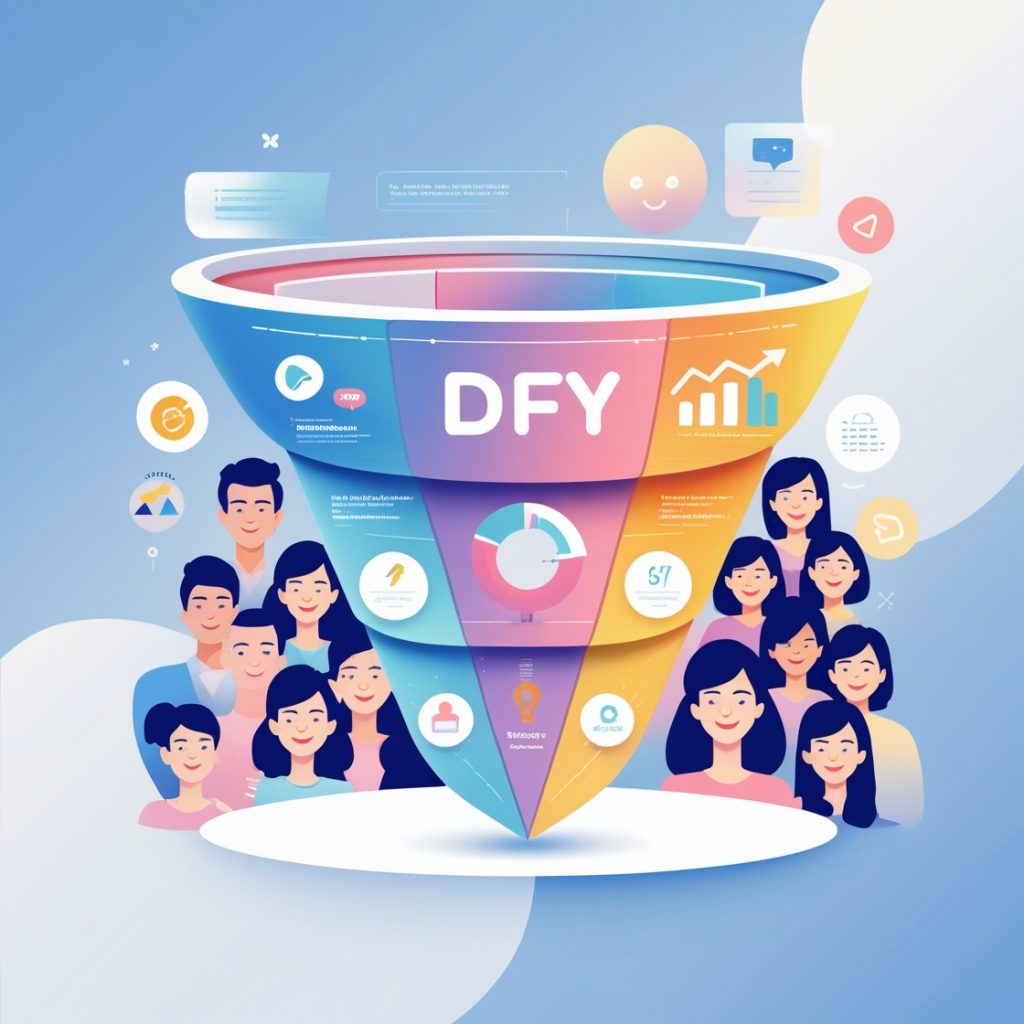Visit any manufacturing assembly line and you’ll see that every step is a part of an established process. Following the process keeps the work flow running smoothly and successfully. This same concept will help your productivity when the time comes for you to act on your product ideas – you need a product creation process.
In this article you’ll discover how to set up your process for product creation so that your result will be high quality/high-value products that sell.
One thing before I get into the actual process. Always set a schedule for your creative activities. And stick with your schedule. If you discipline yourself to specific time limits for each stage of your process you’ll easily become distracted by outside life events.
And your product will never get created.
The Product Creation Process Starts With Customer Need And Want
 The first stage (or step) of your product creation process is marketing research. You must discover what your potential customers need – and you have to find out what they really want in relation to that need.
The first stage (or step) of your product creation process is marketing research. You must discover what your potential customers need – and you have to find out what they really want in relation to that need.
What pain do they suffer – and how can you ease that pain?
What pleasure do they seek – and how can you deliver that pleasure to them?
What skill levels do they require – and how can you teach them those skills?
You find this information by learning where your ideal customer hangs out and then asking them to answer questionnaires. You also find the answers you need by visiting forums that relate to your subject/topic area (or your niche) and then studying the comments that reveal the participant’s concerns, hurts, and wishes.
You can get this information on store sites like Amazon and query sites like Yahoo Answers too. Read through the comments and questions areas. You can learn a lot about what people want in those posts.
Will Your Product Sell?
Now that you have some ideas for the subject you’ll address step two of your product creation process is more research. This time your search is for other products that relate to the one you plan to create.
You want to make sure there is a market for this type of product. If you don’t find similar products or your earlier research doesn’t turn up any interest/need for the product subject you’ll waste all the time you spend bringing that product into reality.
You’d be better off searching for a new product niche to target.
Some great places to perform this step 2 research are Amazon, eBay, JVzoo, and Clickbank.
Look for the popularity levels of related products. If those products sell well then you most likely have a viable product idea.
Formulate Your Topics
More research? Yep!
If you aren’t already an expert in your product’s niche you need to find the topics you’ll include in your creation. And if you are an expert you’ll most likely need to refresh your knowledge in some areas so you can decide what those topics will be.
So learn new or refresh your existing knowledge by studying niche related offerings from other marketers in your niche.
Maybe buy a few of those products that are already for sale. (If you don’t already own them as part of your journey to becoming a competent product provider.)
Interview other respected marketers in your niche. Discussing their skills in the area will help you determine your product topics.
Once you have your topics identified arrange them, by the order in which you’ll address them, into an outline you can follow during your product creation process.
Decide The Purchase Incentives
You always want to deliver more than you advertise. (And this also helps nurture loyalty in your customers for your future products.)
That increases incentive for people to buy your product. So now is the time to list our what bonuses you’ll give to your customers when they buy your product. And at the same time, you want to provide the description for each bonus.
What does the bonus item provide of value to the customer?
Consider writing the descriptions in such a way as to make the bonus item appear more valuable than the product that you’re buying. Some people tend to buy a product just so they can get the bonuses that come with it.
And also think about sending each customer a surprise bonus after they’ve purchased your product. That will help cement their loyalty as a staunch customer to you in the future.
Add your list of bonuses and their descriptions to the bottom of your product outline. You’re gonna be using that in the next stage.
Create Your Sales Letter
There are a lot of marketers on both sides of the aisle when it comes to when you should actually write your marketing message, or sales letter.
One side says it the right time is after the product is created and the product table of contents should be used to create the marketing message. The other side says the sales letter must come before anything else happens and the act of writing the sales copy maps out the content and layout of the product.
I put the copywriting effort in this step because for me it’s easier to use my outline to write the sales letter and then use the sales letter to follow what I’ll include in my product.
I personally feel this is a matter of personal choice and I suggest you take the path that gives you the most comfort.
The art of copywriting is a skill in itself and too extensive topic for me to cover here. If you need and/or want to study the techniques involved there are plenty of resources for that online.
Create Your Product
Mustn’t forget to actually put your product together.
After going through the steps above this should be like an easy stroll for you. You have everything laid out and all you need do is fill in the blanks.
Find A Place To Store Your Product
This stage depends on your product type of course.
If it’s a physical product you need physical space – probably in the form of a warehouse or garage to hold your supplies while you wait to ship them.
I normally send the physical product that I market to an Amazon warehouse. I let them take care of the storage and shipping of the product. Saves time for me and they handle any returns too. Also less hassle for me.
If your product is in digital form (and I contend that digital is the smartest way to go if you’re creating your own product) then you need a secure download page.
The simplest way to get a secure page for your digital product storage is to house it someplace like Amazon, JVzoo, Ebay, or Clickbank. You can also buy software that creates secure download pages and places them in one of your own website areas.
Totally up to you.
Payment Processing
You need a method by which your customers can pay you when they buy.
You can set up a payment account with PayPal and/or Amazon. There are others but I’m familiar with those two. You can also get your own merchant account with a banking facility.
Or you can house your product with the places I mentioned above. All of them deal with the payment processing and take all the stress away from you.
Make Sure Everything Works
When you have all of the above stages completed and set up you need to make sure your customers can move smoothly through it.
Go through the whole process yourself or have a friend do it for you. Actually click through the sales letter and buy the product. And make sure the product is successfully delivered to you – or your friend.
Don’t start marketing your product until you make sure this all works.
Start Selling
Your next activity is marketing your product.
You can place ads in classifieds, write about your product on your own websites, and post guest articles and comments on blog sites.
You can also go back to those niche related forums you used during your research phase. If you established a presence on them (by posting high-value information for the members) you can now place what is called a signature that shows after all the posts you place on the forum. In that signature you can put a short description of your product with a link to your sales page.
Don’t spam the forum or you will be banned. But most forums do allow the signature after certain membership requirements have been met. One of those requirements is normally the posting of a minimum number of threads or comments.
My Friend You Have Your Process
That’s all there is to this product creation process.
Give it a try and see how well it works for you.
Remember to be sure and set your schedule – and follow that schedule so you get your product finished and on the market without any distractions.
By using this product creation process you can soon have a whole arsenal of products to help your customers ease their pains or improve their lives.


